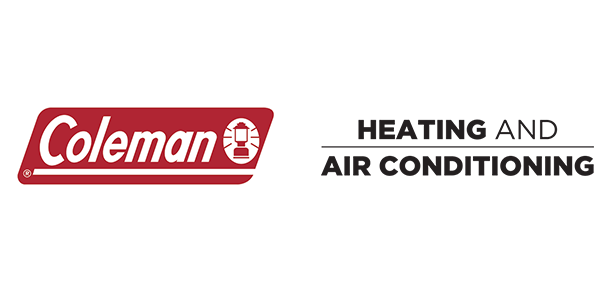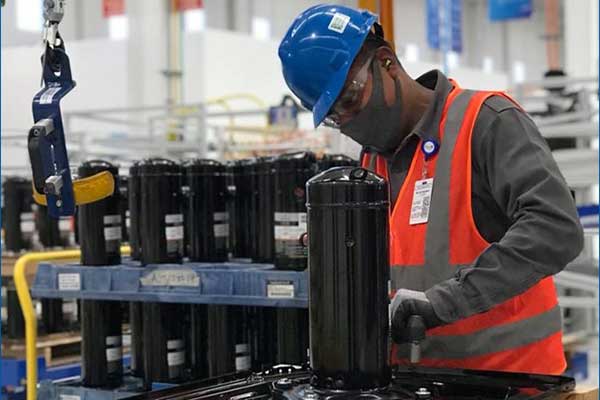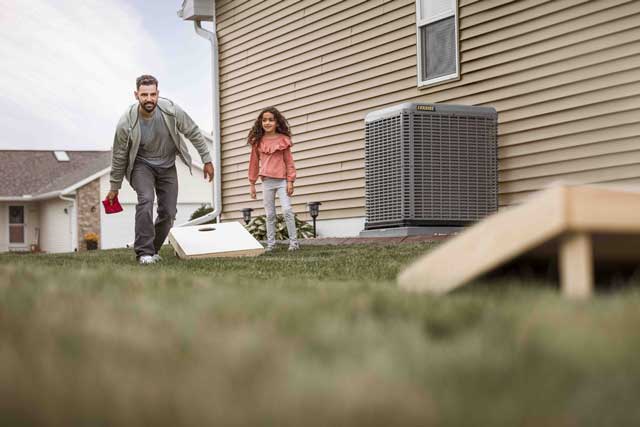Leading the Way Towards Sustainable Cooling Solutions and Reduced Energy Use
We believe in more than just delivering top-notch heating and cooling systems – we're committed to environmental stewardship and sustainability. By leveraging innovative technologies, advanced engineering, and eco-conscious manufacturing practices, we provide high-efficiency products that not only optimize your comfort but also contribute to energy conservation and a reduction in your carbon footprint.
In an era where the cost of energy is steadily rising, investing in energy-efficient equipment becomes increasingly crucial. We stand ready to assist residential customers in offsetting installation expenses for higher-efficiency equipment through new government tax credits under the Inflation Reduction Act. These incentives not only make environmentally friendly upgrades more accessible, but they also help homeowners navigate the financial landscape of energy efficiency improvements.
In an era where the cost of energy is steadily rising, investing in energy-efficient equipment becomes increasingly crucial. We stand ready to assist residential customers in offsetting installation expenses for higher-efficiency equipment through new government tax credits under the Inflation Reduction Act. These incentives not only make environmentally friendly upgrades more accessible, but they also help homeowners navigate the financial landscape of energy efficiency improvements.
The Fundamentals of Decarbonization
By using less energy, we can reach our decarbonization goals. In simple terms, decarbonization essentially means reducing the amount of greenhouse gasses (GHG) released into the atmosphere that result from the burning of fossil fuels.
And it’s important enough that over 150 governments around the world have committed to reducing carbon emissions or these GHG’s by 2030. But how do you prioritize the right decarbonization solutions, and what makes the most sense? The key is to address both operational and embodied carbon as a start through improved energy efficiency, electrification, lower-GWP refrigerants cleaner energy practices, and layering in control strategies that optimize operational efficiency, equipment use and life.
Electrification
Building owners and homeowners now have more options for cleaner energy with sources that rely on electricity. A heat pump is nothing new though growing in popularity. It’s a type of HVAC equipment that moves energy from one place to another and can be used to not only cool but also heat a building. They can be used as stand-alone pieces of equipment in more temperate climates or as part of a hybrid system requiring supplemental heating in colder areas. As heat pumps can be used across a wide variety of residential, commercial, and industrial applications for heating, cooling and hot water requirements, their demand has been gaining traction across the world as more companies look for a win-win cost-efficient solution that also meets their sustainability goals.
Electrification Resources
Refrigerants
As a first step a building can take on its path to net zero is to simply to use higher-efficiency equipment that automatically decreases energy consumption. This equipment typically has a higher first cost but can easily produce operational savings enough to offset that cost in a couple weeks to a couple years. We have a variety of higher energy efficiency equipment across its HVAC portfolio enabling customers to balance their energy and budget demands.
Refrigerants Resources
Efficiency
As a first step, putting a building on a path to net zero should start by using higher-efficiency equipment, which automatically decreases energy consumption. This equipment typically has a higher first cost but can easily produce operational savings enough to offset that cost in a couple weeks to a couple years. We have a variety of higher energy efficiency equipment across its HVAC portfolio enabling customers to balance their energy and budget demands.
Products
Our product offerings are the higher energy-efficient equipment homeowners are looking for to make their way to net zero. These are exciting products that will be in high demand thanks to their technology, efficiency and available tax credit incentives with the Inflation Reduction Act.
Digitalization
Monitor the performance of your equipment from anywhere with a complete ecosystem of connected technologies for a secure, healthy, and sustainably smart building. While current smart buildings generally focus on balancing cost, efficiency, and emissions, the smart buildings of the future will also prioritize improved outcomes and experiences for occupants. Technology can help buildings adapt to new usage patterns to transform static floor plans into flexible, dynamic spaces that optimize utilization and enhance productivity, environmental sustainability, and human wellbeing.






